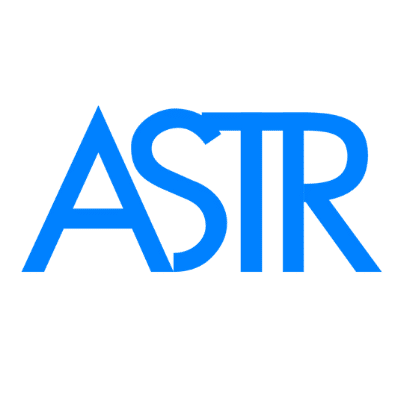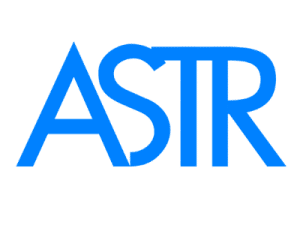What Is Fascial Adhesion? Symptoms, Causes, and Natural Fixes
What Is Fascial Adhesion? Symptoms, Causes, and Natural Fixes
Search terms: fascial adhesion symptoms, what causes fascia to tighten
🕸️ What Are Fascial Adhesions?
Fascial adhesions occur when the fascia—the connective tissue that surrounds muscles, nerves, and organs—becomes stuck, thickened, or scarred, losing its normal glide and flexibility. Think of it like a wrinkled bedsheet beneath your skin that pulls on everything around it.
These adhesions restrict movement, impair circulation, and often lead to chronic pain, even if no structural damage shows up on imaging.
🔍 Common Symptoms of Fascial Adhesions
Fascial adhesions are often missed or misdiagnosed. You may be dealing with one if you experience:
-
Tightness that doesn’t stretch out
-
Muscle stiffness or burning pain
-
Pain that moves or shifts location
-
Decreased range of motion or flexibility
-
Tingling or numbness in nearby areas
-
Trigger points that keep returning
-
Soreness that flares up after activity or rest
❓ What Causes Fascia to Tighten or Form Adhesions?
Fascial adhesions can form from:
-
Injury or surgery (including C-sections, joint replacements, or sprains)
-
Repetitive stress or poor posture
-
Inflammation from chronic illness
-
Sedentary lifestyle or overuse
-
Nutrient deficiencies (collagen, vitamin C, magnesium)
-
Toxin buildup from poor circulation and lymph flow
Even emotional stress can tighten fascia due to its link to the nervous system.
✅ Natural Ways to Release Fascial Adhesions
The good news? You can break down adhesions naturally and restore healthy fascia using the right tools and techniques:
✔️ 1. Myofascial Release With ASTR Tools
ASTR (Advanced Soft Tissue Release), developed by Dr. Joseph Jacobs, DPT, uses specially designed tools to gently break up scar tissue and adhesions without damaging healthy tissue.
🔗 Use ASTR Tools to Treat Fascial Adhesions at Home
This method allows you to:
-
Improve tissue glide and hydration
-
Decrease inflammation and pressure
-
Support the body’s natural healing response
-
Avoid aggressive foam rolling or deep massage
✔️ 2. Gentle Stretching and Movement
Dynamic stretching, yoga, and full-body movement improve fascial elasticity and prevent stiffness.
✔️ 3. Anti-Inflammatory Nutrition
Support fascia with collagen-rich foods, magnesium, en vitamin C, and reduce processed foods and sugar.
(Note: Supplements should not be taken without medical supervision. Excessive or unsupervised supplement use can lead to toxicity, digestive upset, or hormonal imbalance. Always consult a licensed clinical nutritionist or healthcare provider. Request a free ASTR consultation here.)
✔️ 4. Hydration and Circulation Support
Drink enough water and support lymph flow through gentle massage, rebounding, or dry brushing.
📘 Learn More in Pain No More by Dr. Joseph Jacobs
In his book Pain No More, Dr. Jacobs explains how undiagnosed fascial adhesions contribute to stubborn pain—and how releasing them naturally helped him overcome chronic fatigue, inflammation, and joint pain.
🔬 What the Research Says
-
Stecco et al. (2013): Fascial fibrosis and adhesions are common contributors to musculoskeletal pain.
-
Wilke et al. (2018): Fascia is richly innervated and can be a primary source of pain when inflamed or restricted.
-
Ajimsha et al. (2015): Myofascial release significantly reduces pain and improves mobility in patients with chronic soft tissue disorders.
✅ Final Thoughts
If stretching, massage, or physical therapy hasn’t resolved your pain, fascial adhesions may be the missing piece. Myofascial release using ASTR tools is a safe, research-backed method to restore fascial mobility and help you move freely—naturally, at home.

